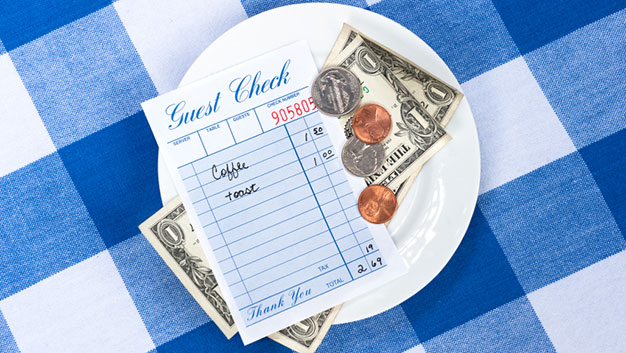 It is a mystifying question travelers, business or leisure. What, when and how much, to tip.
It is a mystifying question travelers, business or leisure. What, when and how much, to tip.
There are landmines all over. First there’s the valet at your hotel, followed by a bellman, then a concierge, there are also taxi drivers, maitre d’s, sommeliers, waiters, restroom attendants, housekeepers, the list goes on.
“Servers work in the U.S. with the expectation to be tipped—it’s a social contract,” says Cornell professor Michael Lynn, a specialist in the socioeconomic impacts of tipping on cnn.com. “To accept the service of these people, visitors are implicitly accepting those terms.”
Americans offer more than $40 billion annually in restaurant tips alone according to economist Ofer Azar.
A Cornell study shows that 44 percent of Americans prefer restaurant staff be paid higher wages instead of relying on tips for income.
All grumbling aside, what is the expected amount to tip in the U.S.?
“There is no definitive guide to tipping,” says Lynn. “There have been a number of studies done on tipping guidelines and it’s actually kind of complicated—not at all straight forward.”
Here are a few ideas. In restaurants, 15-20 percent of the bill before tax is the average range for waitstaff. For a bartender, perhaps $1 to $2 a drink.
In hotels, offer $1 to $2 per bag once in your room. It is a good idea to tip your hotel maid daily, perhaps leaving $2 to $5 under your pillow. The average tip for room service is $5 unless it is included in the check. Tip your valet $2 to $5 when you receive your car and $1 a bag if your courtesy shuttle driver helps you with it.
And always, before dropping a tip, make sure a service charge was not added. cnn.com




